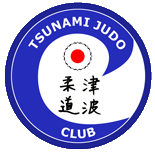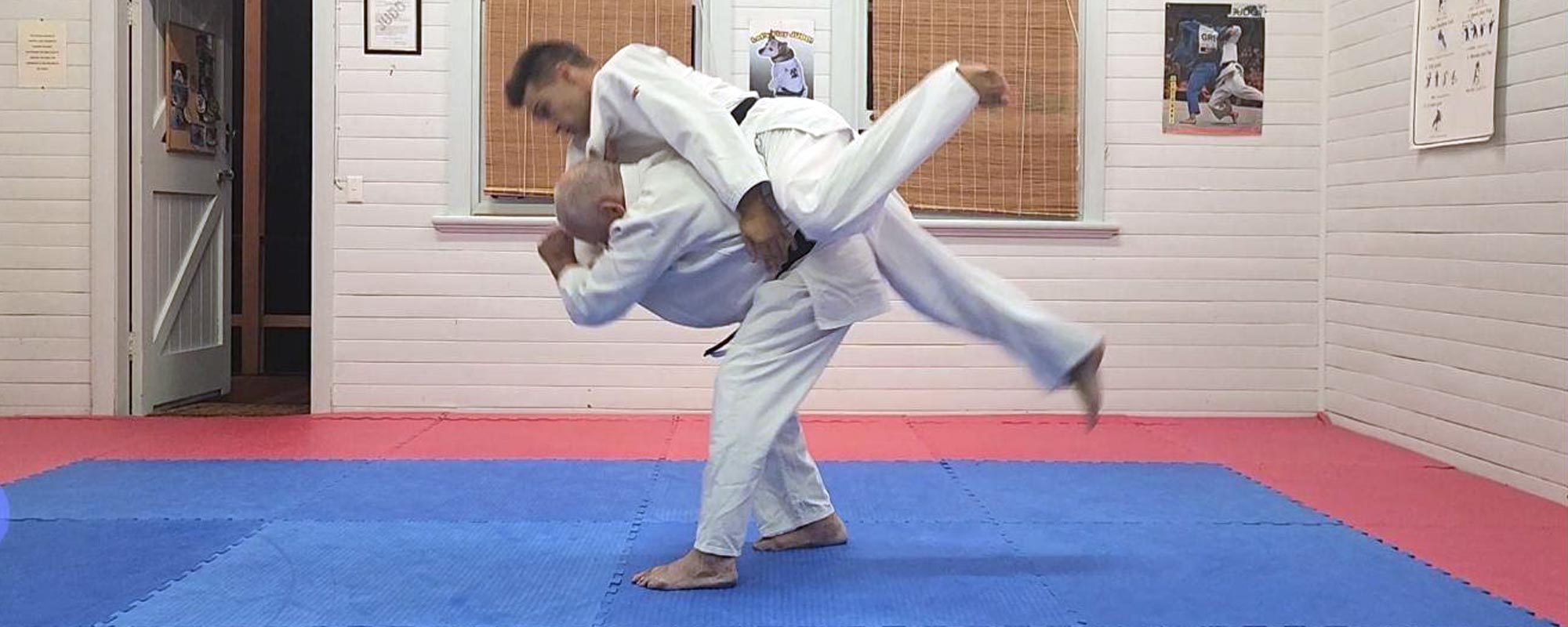
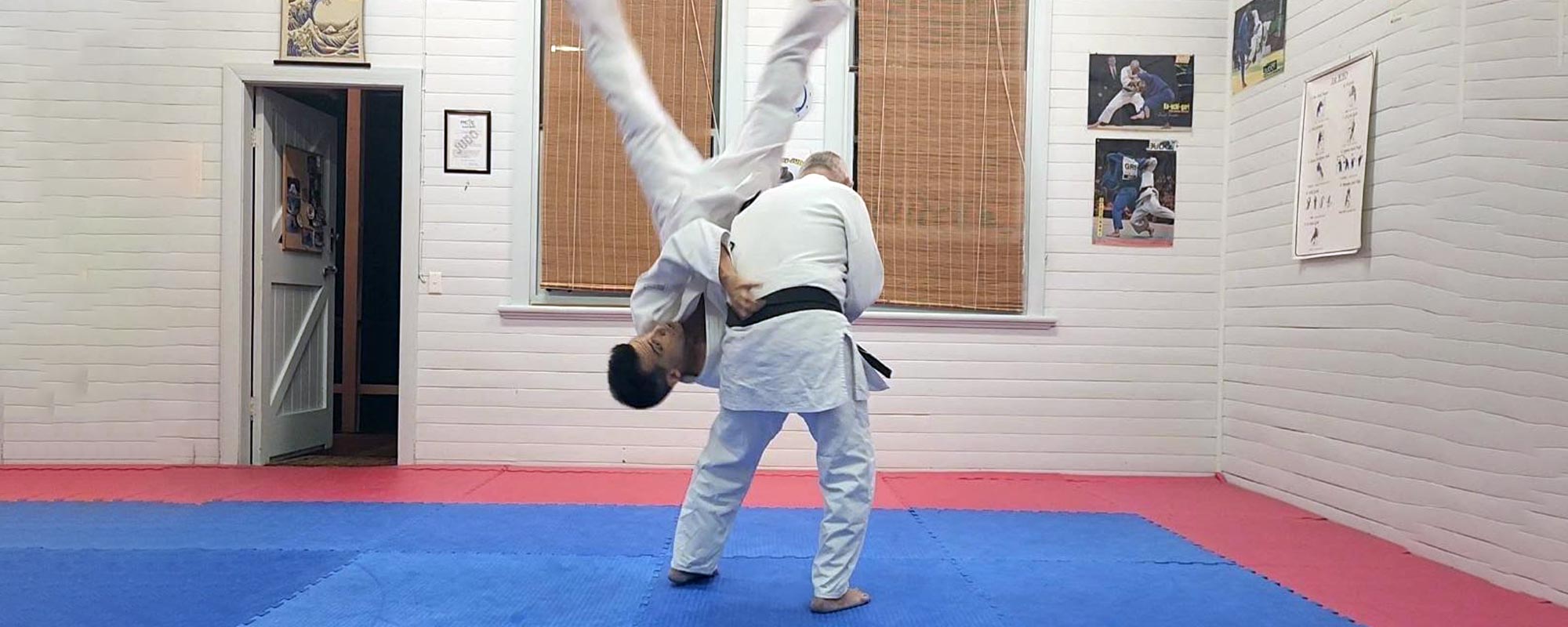
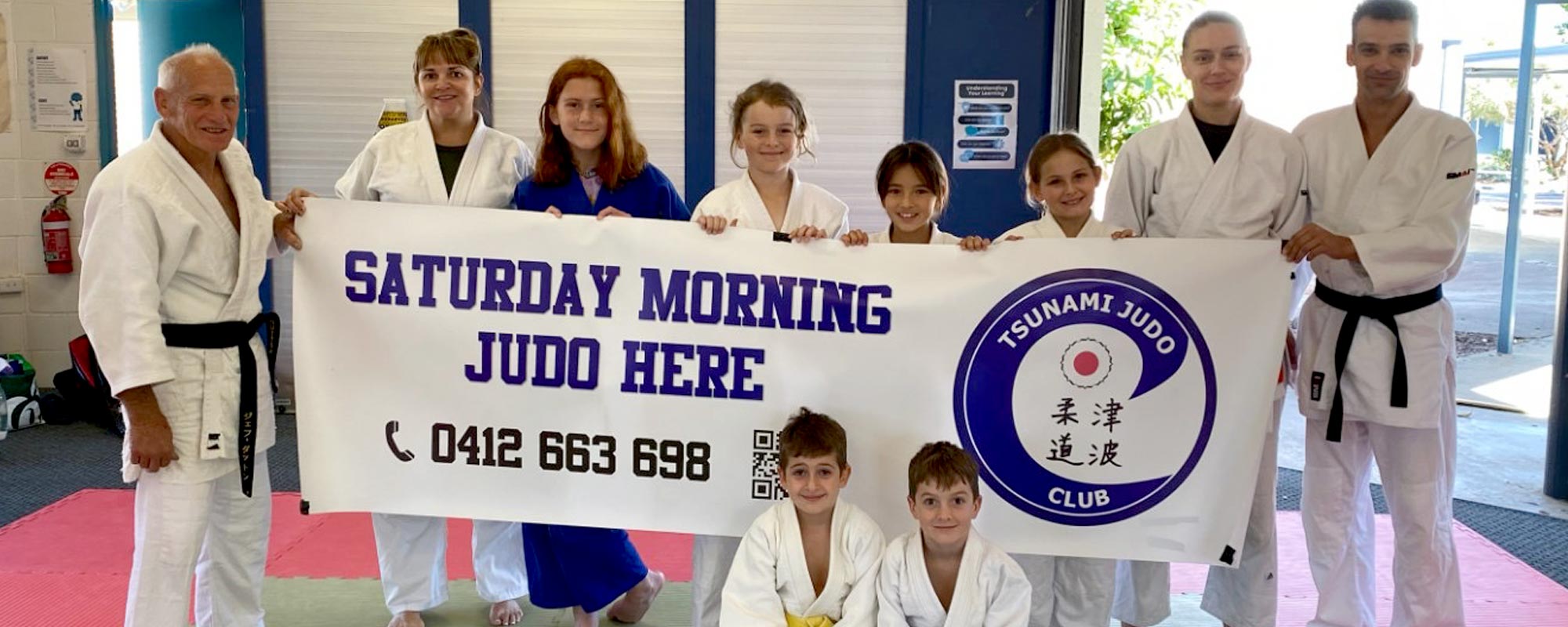
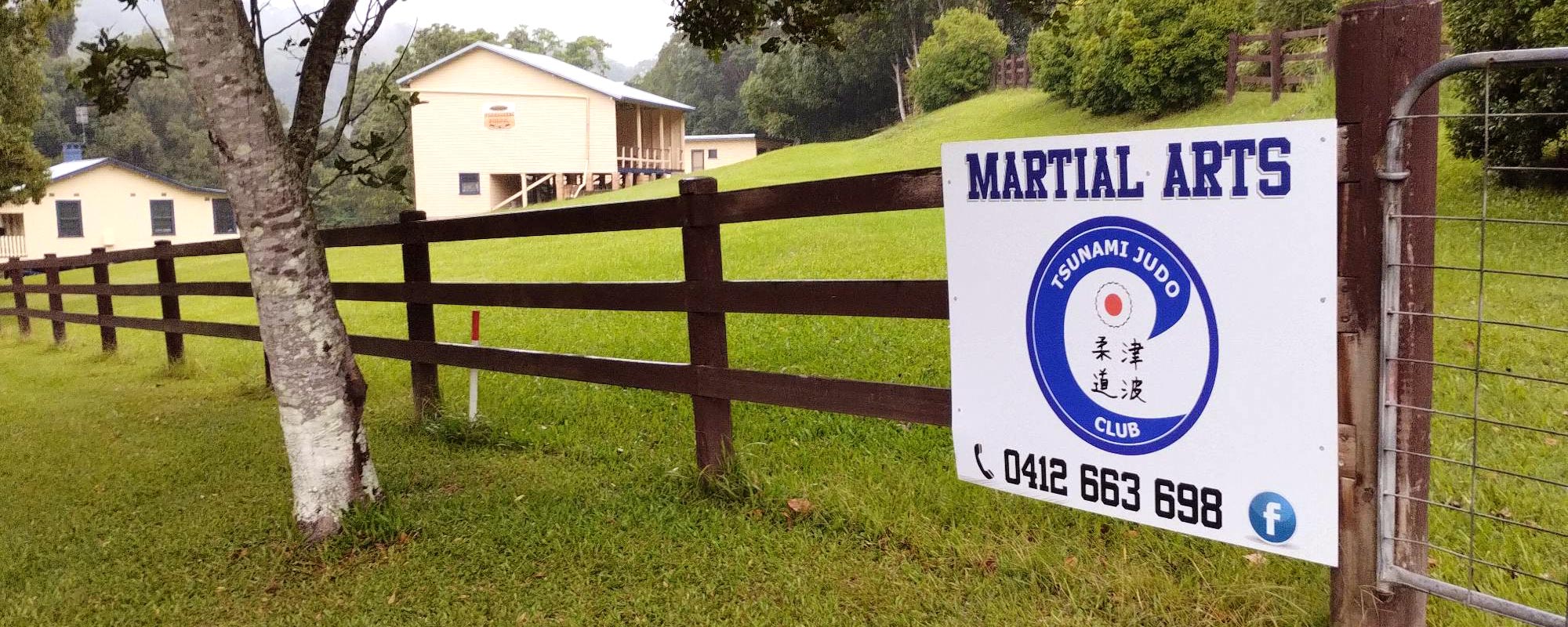
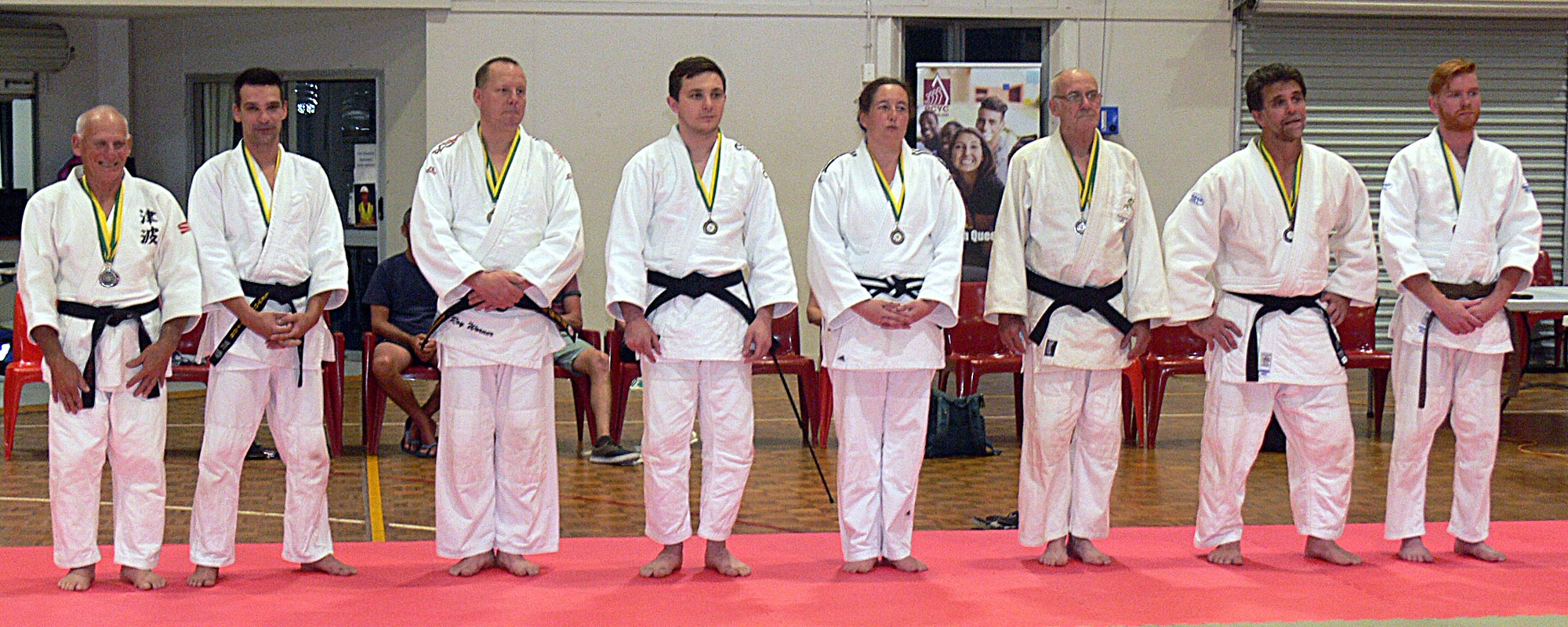
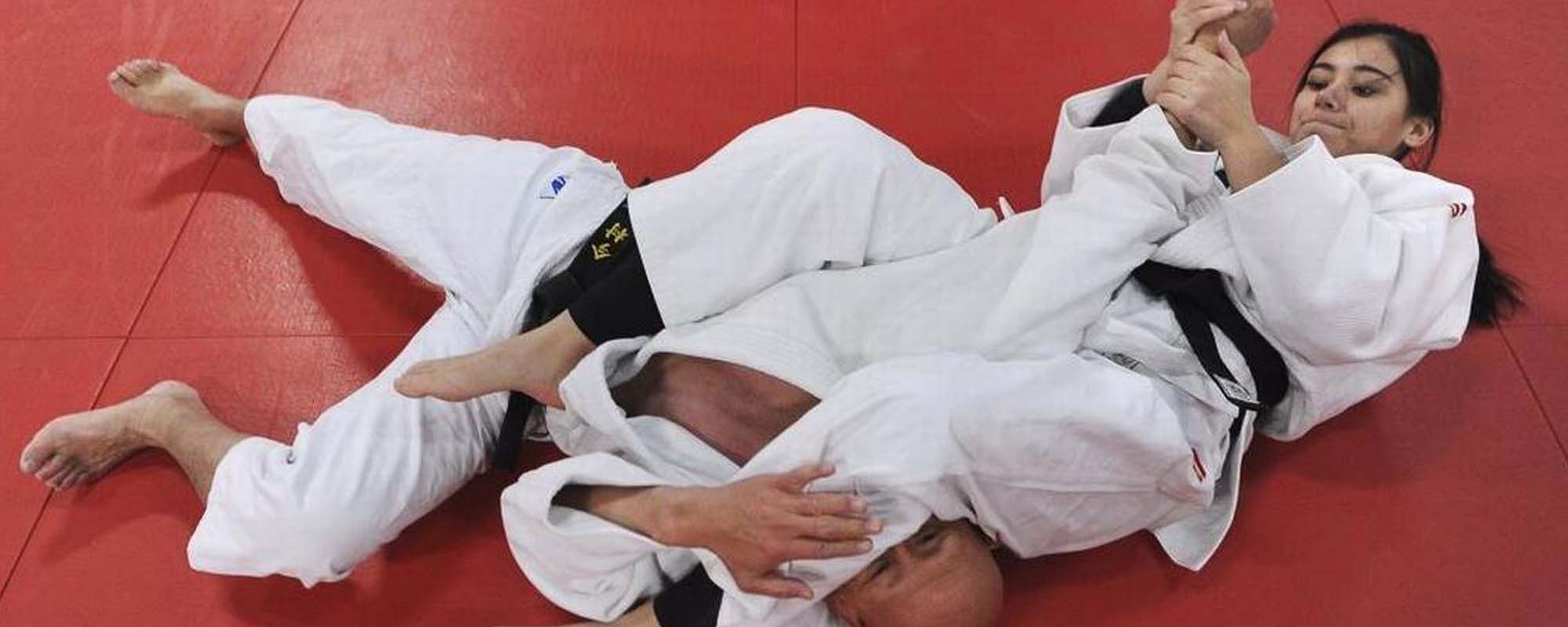






What is Judo?
JUDO (柔道 jūdō, meaning "gentle way") was created as a physical, mental and moral pedagogy in Japan, in 1882, by Jigoro Kano (嘉納治五郎).
It is generally categorized as a modern martial art which later evolved into a combat and Olympic sport.
Its most prominent feature is its competitive element, where the objective is to either throw or takedown an opponent to the ground, immobilize or otherwise subdue an opponent with a pin, or force an opponent to submit with a joint lock or a choke.
Strikes and thrusts by hands and feet as well as weapons defenses are a part of judo, but only in pre-arranged forms (kata, 形) and are not allowed in judo competition or free practice (randori, 乱取り). A judo practitioner is called a judoka.
Early History
THE EARLY history of judo is inseparable from its founder, Japanese polymath and educator Kanō Jigorō (嘉納 治五郎, Jigoro Kano, 1860–1938), born Shinnosuke Jigorō (新之助 治五郎, Jigorō Shinnosuke).
Kano was born into a relatively affluent family. His father, Jirosaku, was the second son of the head priest of the Shinto Hiyoshi shrine in Shiga Prefecture.
He married Sadako Kano, daughter of the owner of Kiku-Masamune sake brewing company and was adopted by the family, changing his name to Kano.
He ultimately became an official in the Shogunal government.
Founding of Kodokan
IN FEBRUARY 1882, Kano founded a school and dojo at the Eisho-ji (永昌寺), a Buddhist temple in what was then the Shitaya ward of Tokyo (now the Higashi Ueno district of Taitō ward).
Iikubo, Kano's Kitō-ryū instructor, attended the dojo three days a week to help teach and, although two years would pass before the temple would be called by the name Kōdōkan (講道館, Kodokan, "place for expounding the way").
Kano had not yet received his Menkyo (免許, certificate of mastery) in Kitō-ryū.
This is now regarded as the Kodokan founding.
